NASA's Parker Solar Probe Touches The Sun For The First Time
For the first time in history, a spacecraft has touched the Sun. NASA’s Parker Solar Probe has now flown through the Sun’s upper atmosphere – the corona – and sampled particles and magnetic fields there.
The new milestone marks one major step for Parker Solar Probe and one giant leap for solar science. Just as landing on the Moon allowed scientists to understand how it was formed, touching the very stuff the Sun is made of will help scientists uncover critical information about our closest star and its influence on the solar system.
More information here.
Produced Video
Watch this video on the NASA Goddard YouTube channel.
Complete transcript available.
Music credits: “The Hague Parliament” by Laurent Dury [SACEM]”; “Flicker”, “Time Shift Equilibrium”, and “Flowing Cityscape” by Ben Biblett [PRS] and Jon Cotton [PRS]; “Games Show Sphere 07" by Anselm Kreuzer [GEMA] from Universal Production Music
Soundbites from Dr. Nour Raouafi, Project Scientist of NASA's Parker Solar Probe
What did Parker Solar Probe achieve?
One of the major goals for the Parker Solar Probe mission is to fly through the solar corona and we are doing that now. Parker Solar Probe is touching the Sun.
What can we learn from flying close to the Sun that we can’t from afar?
Flying through the solar corona—that is the magnetic field-dominated region of the solar atmosphere. will allow us to understand why the solar corona is over 300 times hotter than the solar surface and how this flow of charged particles that we call the solar wind is accelerated to hundred thousand miles per hour.
Why is it important to go to the corona?
Scientifically, this is a huge milestone. We are learning about our star and how it works and we know the Sun is always changing. It’s magnetized and an active star and flying so close to it will tell us exactly how it works. For humanity, it is a humungous stride. Flying through the atmosphere of a star is potentially the ultimate challenge that we can do here in our lives and Parker Solar is just doing that. It’s just amazing.
What are switchback and why is it important to know where they originate?
The switchbacks are a reversal of the magnetic field. The magnetic field will flip over itself in and out in a matter of seconds or minutes. What is important about them is they will tell us about the origin of the solar wind—how it came about.
What’s next for Parker?
This is only the beginning of Parker Solar Probe flying through the solar corona. From now on, every time the Parker Solar Probe flies close to the Sun, it will fly through the solar corona. And it’s just amazing that to observe that spacecraft is flying through a structure that we can see during solar eclipses. And it’s just fascinating.
One thing that we’re looking forward to is when Parker Solar Probe flies through one of the huge CMEs very close to the Sun and tell us how the solar energetic particles are accelerated to almost the speed of light.
Launch Footage
The United Launch Alliance Delta IV Heavy rocket launches NASA's Parker Solar Probe to touch the Sun, Sunday, Aug. 12, 2018 from Launch Complex 37 at Cape Canaveral Air Force Station, Florida.
Credit: NASA
Parker Solar Probe’s eighth flyby of the Sun started on April 24, 2021 at 23.2 million miles from the Sun. It reached perihelion on April 29, 2021 at 6.5 million miles from the Sun.
Credit: NASA/Johns Hopkins APL/Steve Gribben
Parker Solar Probe will use seven Venus flybys over nearly seven years to gradually shrink its orbit around the Sun, coming as close as 3.83 million miles (and 6.16 million kilometers) to the Sun, well within the orbit of Mercury and about seven times closer than any spacecraft has come before.
Credit: NASA/Johns Hopkins APL/Steve Gribben
Parker Solar Probe has now “touched the Sun”, passing through the Sun’s outer atmosphere, the corona for the first time in April 2021.
Credit: NASA GSFC/CIL/Brian Monroe
Parker Solar Probe has now “touched the Sun”, passing through the Sun’s outer atmosphere, the corona for the first time in April 2021. This historic closest approach to the Sun is allowing Parker to gather data that’s helping scientists unravel some of the biggest questions about our star and its influence on the solar system.
Credit: NASA/Johns Hopkins APL
Parker Solar Probe has now “touched the Sun”, passing through the Sun’s outer atmosphere, the corona for the first time in April 2021. This historic closest approach to the Sun is allowing Parker to gather data that’s helping scientists unravel some of the biggest questions about our star and its influence on the solar system.
Credit: NASA/Johns Hopkins APL
Parker Solar Probe has now “touched the Sun”, passing through the Sun’s outer atmosphere, the corona for the first time in April 2021. This historic closest approach to the Sun is allowing Parker to gather data that’s helping scientists unravel some of the biggest questions about our star and its influence on the solar system.
Credit: NASA/Johns Hopkins APL
The compact, solar-powered probe will house solar arrays that will retract and extend as the spacecraft swings toward or away from the Sun during several loops around the inner solar system, making sure the panels stay at proper temperatures and power levels. At its closest passes the spacecraft must survive solar intensity of about 475 times what spacecraft experience while orbiting Earth.
Credit: NASA/Johns Hopkins APL
Timelapse footage of the lift of Parker Solar Probe and mating with the STAR 48BV third stage rocket at Astrotech Space Operations on July 11, 2018.
Credit: NASA/Johns Hopkins APL

As Parker Solar Probe passed through the corona on encounter nine, the spacecraft flew by structures called coronal streamers. These structures can be seen as bright features moving upward in the upper images and angled downward in the lower row. Such a view is only possible because the spacecraft flew above and below the streamers inside the corona. Until now, streamers have only been seen from afar. They are visible from Earth during total solar eclipses.
Credit: NASA/Johns Hopkins APL/Naval Research Laboratory
During Parker Solar Probe’s eighth orbit around the Sun, the spacecraft flew through structures in the corona called streamers.
This movie shows that data from the WISPR instrument on Parker Solar Probe.
Credit: NASA/Johns Hopkins APL/Naval Research Laboratory
During encounters 8 and 9, Parker Solar Probe flew through structures in the corona called streamers.
This movie shows that data from the WISPR instrument on Parker Solar Probe.
Credit: NASA/Johns Hopkins APL/Naval Research Laboratory
For More Information
Credits
Please give credit for this item to:
NASA's Goddard Space Flight Center
-
Scientists
- Nour Raouafi (Johns Hopkins University/APL)
- Justin Kasper (University of Michigan)
- Stuart Bale (University of California, Berkeley)
- Kelly Korreck (Johns Hopkins University/APL)
- Adam Szabo (NASA/GSFC)
-
Producer
- Joy Ng (KBR Wyle Services, LLC)
-
Writer
- Mara Johnson-Groh (Wyle Information Systems)
-
Animators
- Jonathan North (KBR Wyle Services, LLC)
- Ben Smith (Johns Hopkins APL)
-
Data visualizer
- Tom Bridgman (Global Science and Technology, Inc.)
Release date
This page was originally published on Tuesday, December 14, 2021.
This page was last updated on Wednesday, May 3, 2023 at 1:43 PM EDT.

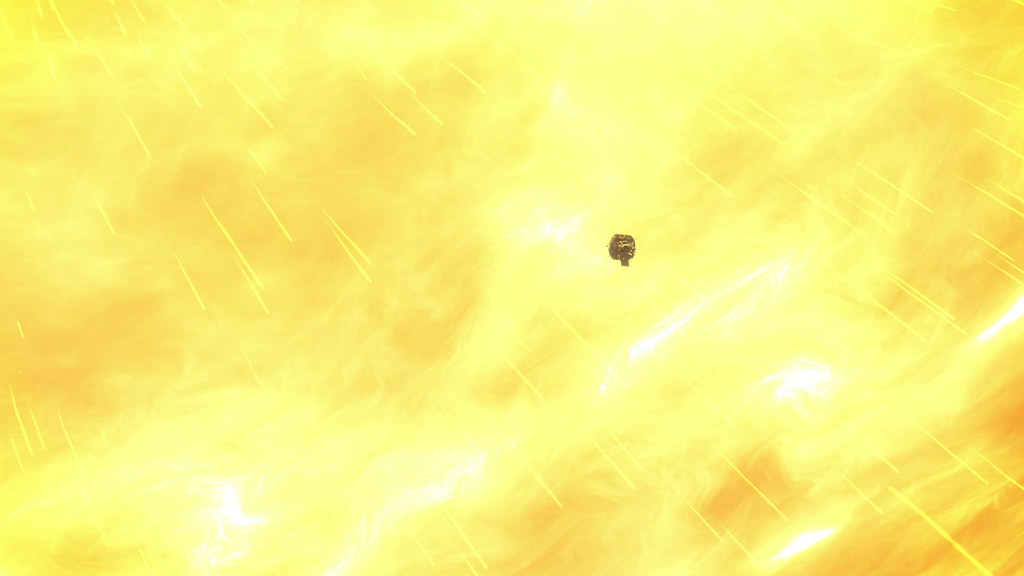

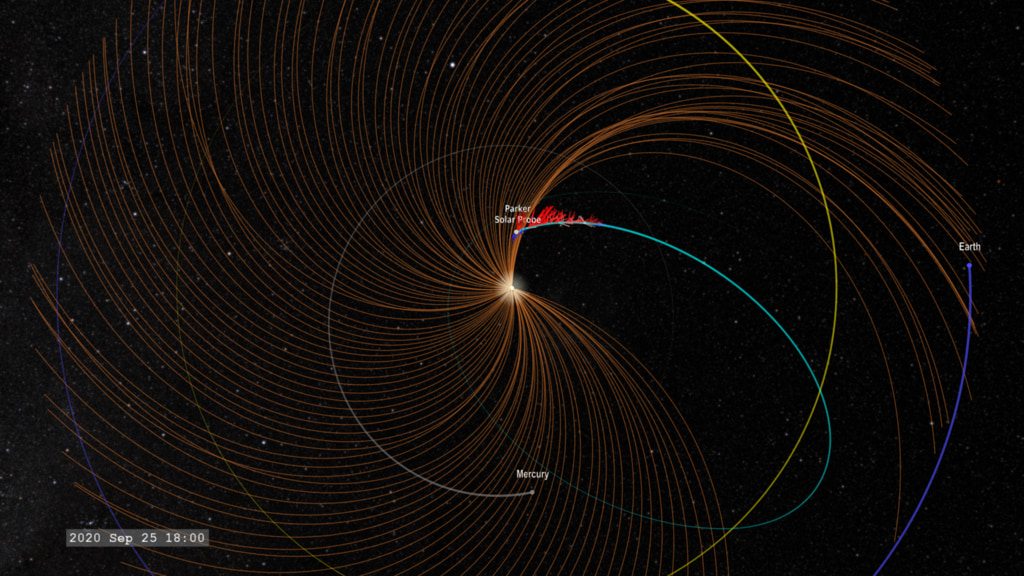
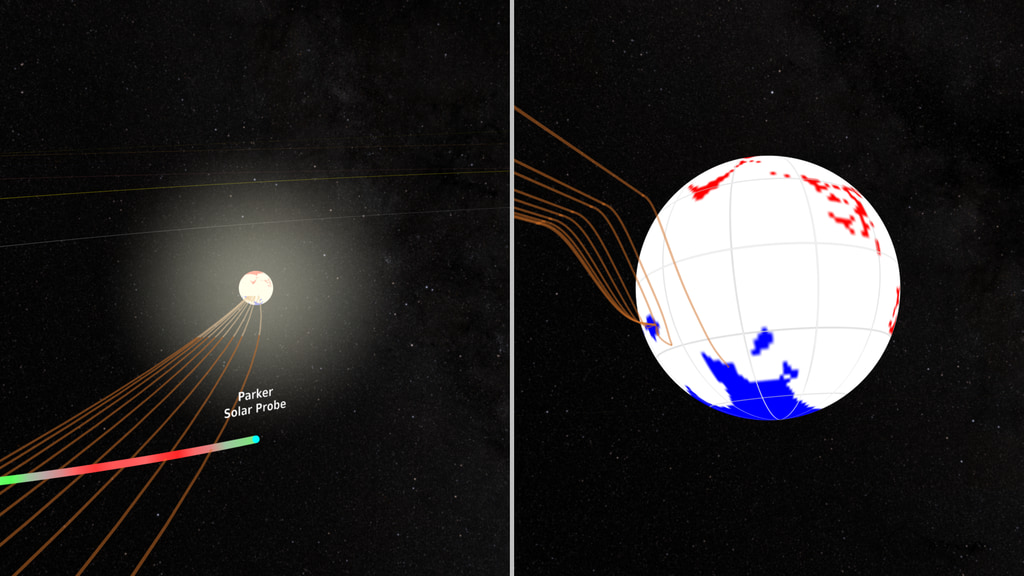
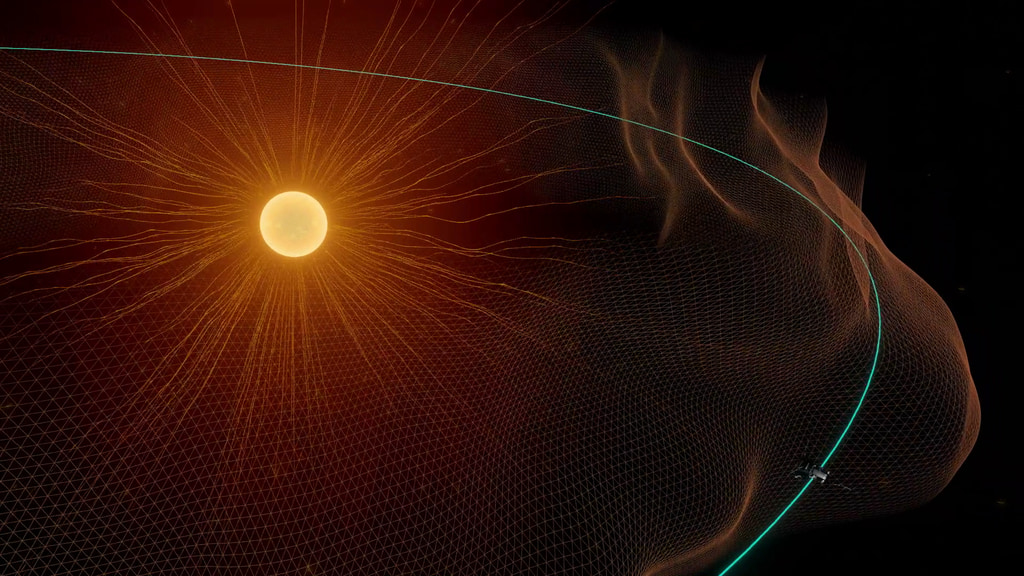
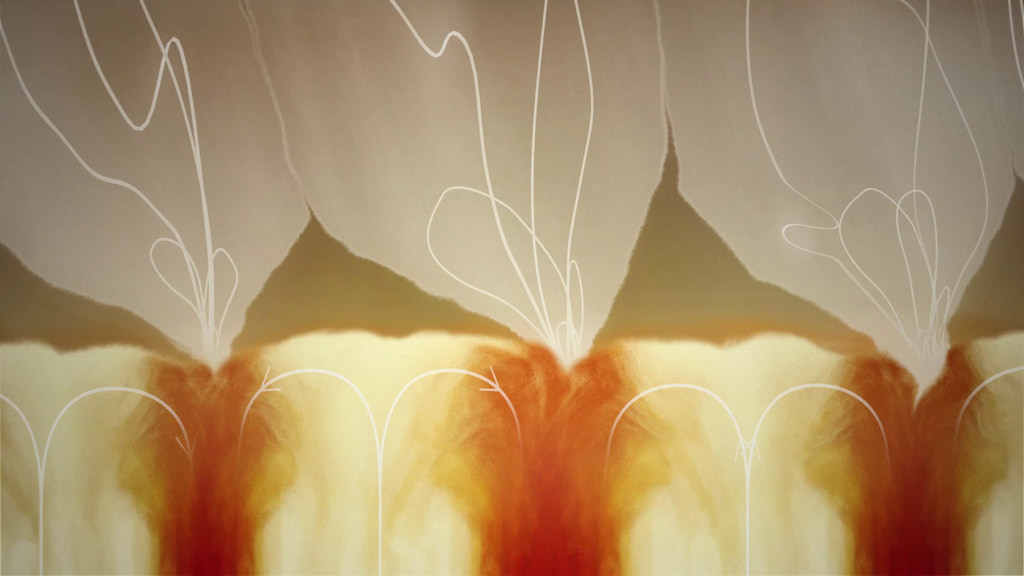
![Full Length VersionWatch this video on the NASA Goddard YouTube channel.Music Credit: “Harmony of Hope Instrumental” by Sam Connelly [PRS]; “Greatest Hopes Instrumental” by Matthias Ullrich [GEMA]; “Gathering Courage Instrumental” by Sam Connelly [PRS] via Universal Production MusicComplete transcript available.](/vis/a010000/a014500/a014534/14534_JoeWestlake_Thumb.png)
![Credit: NASA's Goddard Space Flight CenterWatch this video on the NASA Goddard YouTube channel.Music: “Nanofiber” by Andrew Michael Britton [PRS], David Stephen Goldsmith [PRS]; “Climbing the Ladder” by Jose Tomas Novoa Espinosa [BMI] via Universal Production MusicComplete transcript available.](/vis/a010000/a014300/a014392/14392_Thumbnail.jpg)
![Complete transcript available.Credit: NASA Goddard Space Flight CenterMusic credit: “Artificial Intelligence” by Matteo Pagamici [SUISA], Max Molling [SUISA] via Universal Production Music](/vis/a010000/a014200/a014299/14299_PlasmaMMS_YouTube.00420_print.jpg)